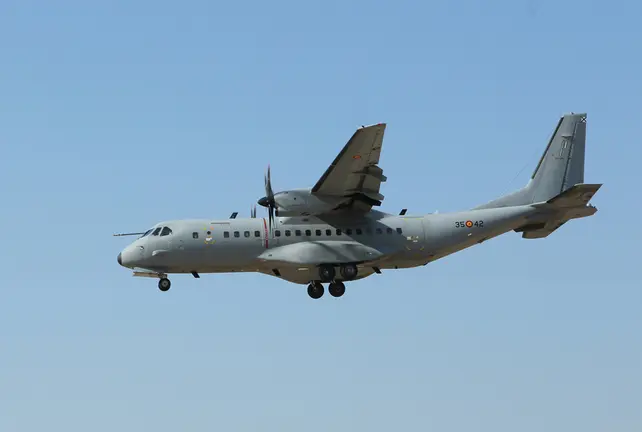A new vent has formed at the volcano on the Canary island of La Palma that erupted 12 days ago.
The new lava flow runs parallel to the older ones in the south-west of La Palma and is relatively small but is affecting areas that have been spared so far, Luca D'Auria of the Spanish island's Volcanological Institute (Involcan) told journalists on Friday.
Manuel Nogales of the Spanish research institute CSIC spoke of "bad news," but stressed: "There is no reason for alarm."
Meanwhile, according to the latest official information, more than 700 hectares in the affected area around the Cumbre Vieja mountain range in the south of the island have already been covered with a black, metre-thick layer of lava heated to around 1,000 degrees Celsius, the state television station RTVE reported.
This area is equivalent to about 1,000 football fields. More than 1,000 buildings were completely destroyed, it said. About 6,000 inhabitants of smaller villages were evacuated from their homes.
La Palma, which is less known to tourists than other Canary Islands such as Tenerife, Gran Canaria, Fuerteventura or Lanzarote, was declared a disaster area on Tuesday.
Damages
According to estimates by the regional government, the damage already amounts to several hundred million euros.
The most severely affected sector is banana cultivation, which is immensely important for the island, from which about half of the approximately 85,000 inhabitants directly or indirectly make their living and which was already in crisis before the volcanic eruption.
In its first eruption since 1971, the unnamed volcano has been ejecting large quantities of rock fragments, lava, smoke and ash almost non-stop since September 19.
Even experts cannot say how long it will remain active. It could take weeks or even months.













